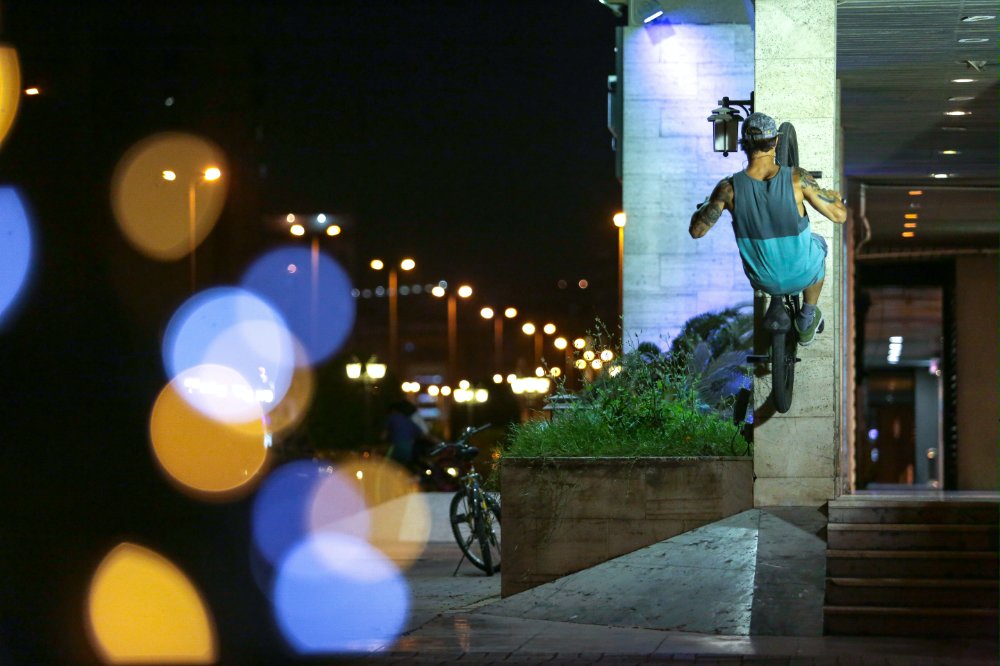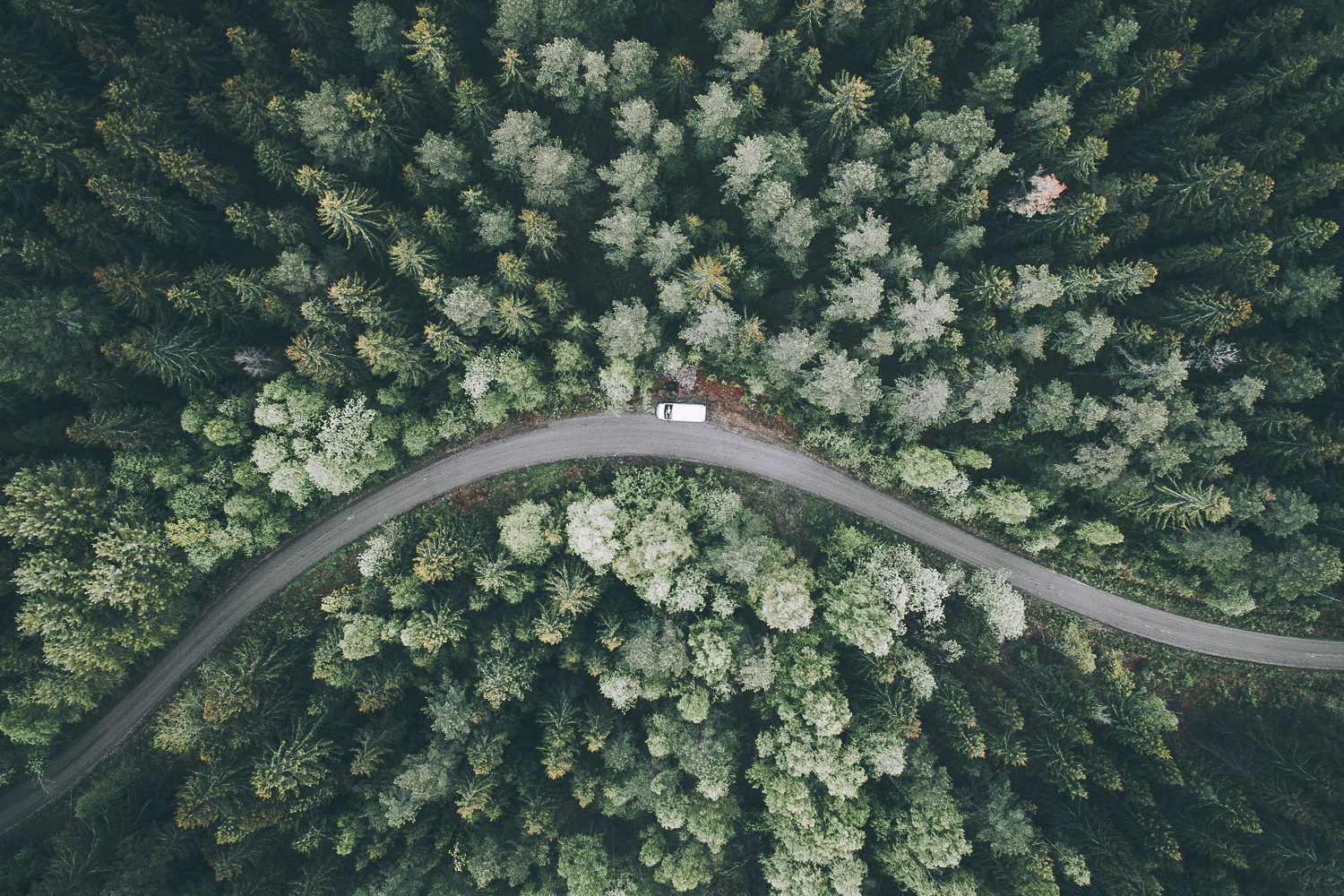Kaitlyn McLachlan is a photographer based in Toronto, Ontario. Exploring everything from cityscapes to landscapes, adding a drone to her kit this year has added a new dimension of photography. You can also follow her work on Instagram.
First time navigating the world of drone photography? In this two-part series, you’ll get tips, tricks, and everything you need to know about getting started with drones as a go-to gear. Part One is all about buying your first drone. Read on! And to see our recommended gear, scroll down where you can name the price you want to pay for a drone, powered by Greentoe.
It’s crazy to think that the first digital SLR from Canon was released just 16 years ago and sported 3 whole megapixels. Now, digital cameras have become mainstream, with features and price tags for all budgets. As smartphone photography is on the verge of eclipsing digital camera sales, a new camera tool is emerging: drones. These aircraft, at one time only fitting in the budgets of big productions, are quickly becoming more user and wallet-friendly. You can even pick up some of the most popular drones from your local electronics store.
Drones are packed full of technology—GPS, vision sensors, compasses, camera-leveling gimbals, and so much more. They’re flying computers, and their abilities to record video or capture photos are just added features. Despite this, many of the modern drones capture amazing quality 4K video and still photos rivaling the latest smartphones. They can’t yet compete with dSLR image quality (although some drones can carry your dSLR!), but they capture images that were simply unattainable before.
If you’re looking to purchase your first drone for aerial imaging, here are a few things you may want to consider:
Image quality
Some drones come with cameras, others use GoPros, and others offer a variety of camera supports. Consider what sort of image quality (and cost) you’re looking to work with.
Camera control
There are a handful of drones that include support for a second controller for the camera. This means you can have a second camera operator, which is especially useful for video. Another thing to consider is the maneuverability of the camera. Can it point straight down? Can it rotate 360°, or must the drone itself rotate (potentially less stable/accurate).
Range
Different drones use different technology and can offer flight ranges varying from a few hundred feet to over three miles. For most purposes, you won’t need to fly anywhere near three miles — but these drones are likely to offer a stronger, more reliable signal when closer.
Flight time (batteries!)
Many of the latest drones are slowly extending flight time and offering very similar flight times, so there isn’t as much difference as there might have been before. Most people can expect between 15-25 minutes of flight time. For some, this will be plenty. For others, not nearly enough. Given that the batteries can take up to two hours to charge, you may want to consider picking up an additional battery (or two!). Prices for batteries aren’t cheap and can vary a lot by manufacturer, so be sure to add this to any cost considerations. Some stores will offer bundles that include an extra battery or two at a discount.
Screen
Drones can stream back a live video feed to your remote control so you have an extra pair of eyes in the sky and can line up your shots perfectly. Some remote controllers include a screen while others let you connect a tablet. If you opt for the latter, you’ll be able to use your existing smartphone or tablet for a larger screen. If you don’t already have one, you’ll need to consider this additional cost.
Local regulations and laws
As more and more people start using drones, regulations are starting to follow. In most countries, airspace is federally controlled and violations can be very serious. Unfortunately, most countries also don’t have a clear “do” and “don’t” list, so you’ll need to read and understand your local laws to understand how far or high you can go with your drone as well as any other flight restrictions that may exist. For example, in Canada, you cannot fly within five miles of any airport or in any Provincial/National Park. Knowing where you’ll be able to fly with your drone will heavily influence the types of photos you’ll be able to capture.
Extra features
As technology is rapidly evolving, different drones offer a host of “extra features.” Including everything from automatic return-to-home to “follow me,” these features can help make your drone last longer and perform some otherwise tedious or difficult maneuvers for you automatically (more on this in Part 2!).
Loss or damage
I wanted to be sure to include this one. Because it does happen. Sure, we may sometimes drop a lens or camera, but things can definitely go wrong with a drone too. Though not common, understand that it is possible that your drone could hit a tree or otherwise end up crashing over land or water. You may not be able to recover it, and the money you invested in your drone will be gone.
One of the biggest things you’ll need to keep in mind is that this is a relatively new and emerging market of consumer electronics. More advancements are sure to come, including quality, flight time, and safety features. You’ll want to either pick a drone that you’ll be content to stick with even as newer drones replace it or a more affordable option that offers the opportunity to invest in an upgrade later.
Check back right here on 500px ISO blog for Part 2 where I will cover some of tips for getting up to speed and capturing breathtaking photos and videos quickly.
If you’re still on the fence, here’s a preview of some of the amazing photos you may be able to capture with your soon-to-be-owned drone!
500px RECOMMENDS…
Check out the gear we recommend you add to your aerial photography essentials.
Offer for U.S. residents only: If you’re ready to make a purchase, you can name your price, and we will send your offer to a network of authorized retailers. If they like your offer, you get your new drone for the price you set. Try it out!
To get tips and tricks on aerial and drone photography, head over to Part Two of this series.











Leave a reply